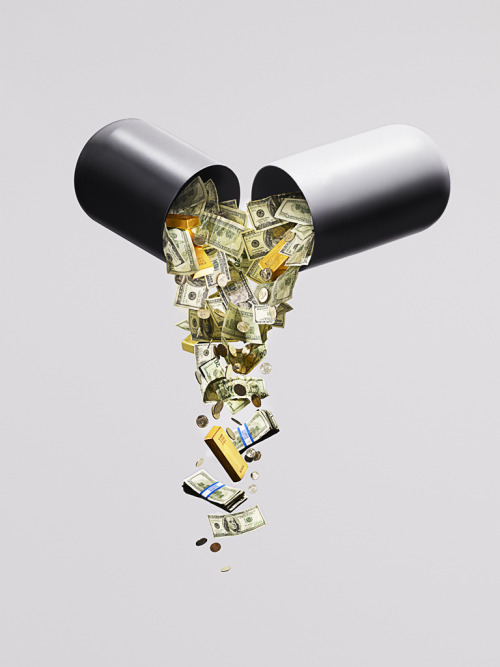 If you want to understand the way prescription drugs are marketed today, have a look at the 1928 book, "Propaganda," by Edward Bernays, the father of public relations in America. For Bernays, the public relations business was less about selling things than about creating the conditions for things to sell themselves. . . .
If you want to understand the way prescription drugs are marketed today, have a look at the 1928 book, "Propaganda," by Edward Bernays, the father of public relations in America. For Bernays, the public relations business was less about selling things than about creating the conditions for things to sell themselves. . . . To brand a disease is to shape its public perception in order to make it more palatable to potential patients. Panic disorder, reflux disease, erectile dysfunction, restless legs syndrome, bipolar disorder, overactive bladder, ADHD, premenstrual dysphoric disorder, even clinical depression: All these conditions were once regarded as rare until a marketing campaign transformed the brand.
Once a branded disease has achieved a degree of cultural legitimacy, there is no need to convince anyone that a drug to treat it is necessary. It will come to him as his own idea.
Disease branding works especially well for two kinds of conditions. The first is the shameful condition that can be destigmatized. For instance, when Pharmacia launched Detrol in the late 1990s, the condition the drug treated was known to doctors as "urge incontinence." Patients called it "accidentally peeing in my pants" and were embarrassed to bring it up with their physicians.
Pharmacia fixed the problem by rebranding the condition as "overactive bladder." Whereas "incontinence" suggested weakness and was associated mainly with elderly women, the phrase "overactive bladder" evoked a supercharged organ frantically working overtime. To qualify for a diagnosis of "overactive bladder," patients did not actually have to lose bladder control." They simply needed to go to the bathroom a lot. Please read full by Carl Elliott at CNN